Orange Blossom Beekeepers Association
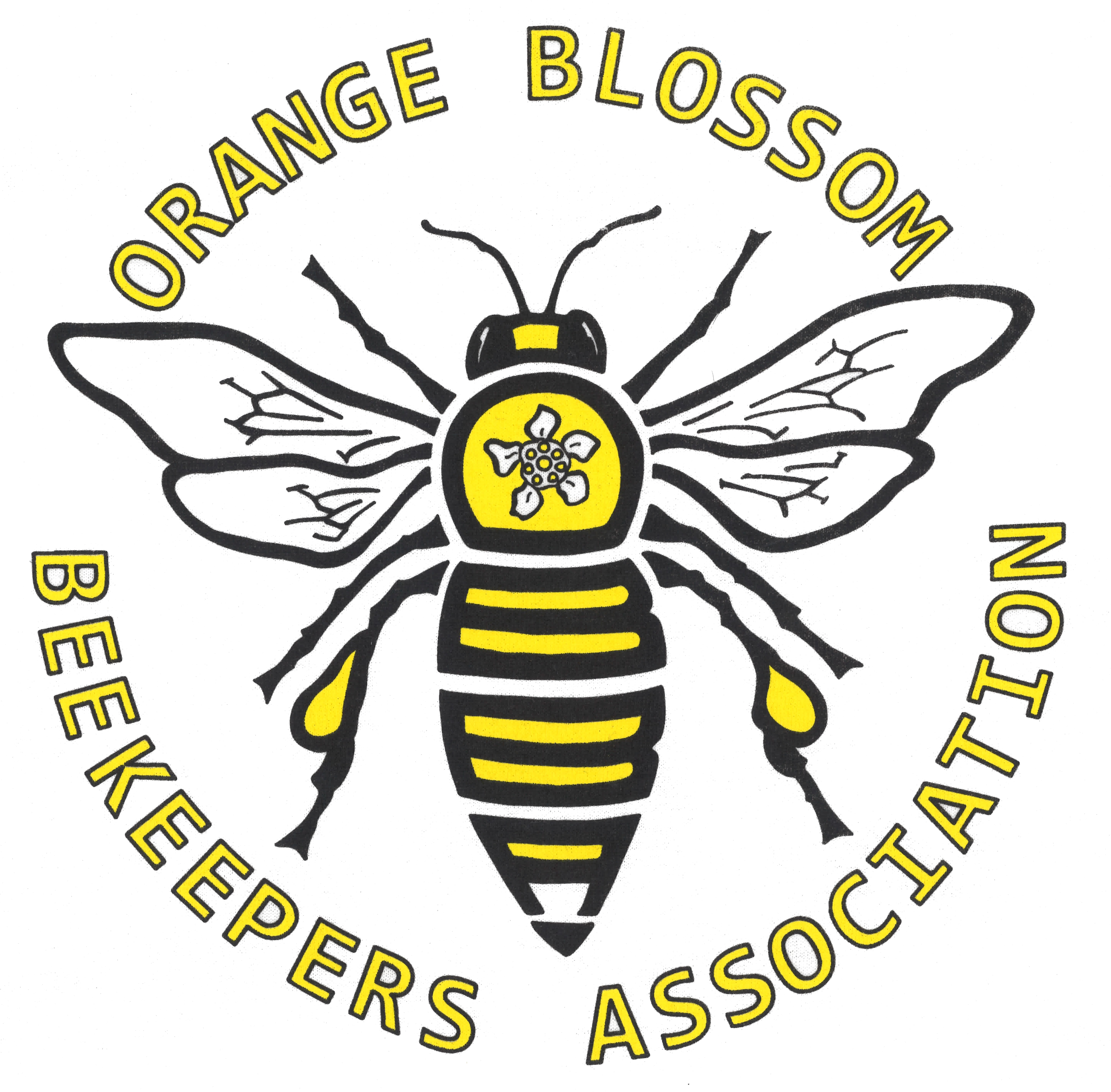
Monthly Meeting: Feb 16, 2023
OBBA Announcements
What's the buzz?
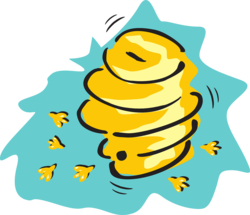
OBBA Workshop
Saturday, Feb 25, 2023 (tentative)
Florida Conference United Church of Christ 9300 University Blvd, Orlando, FL 32817
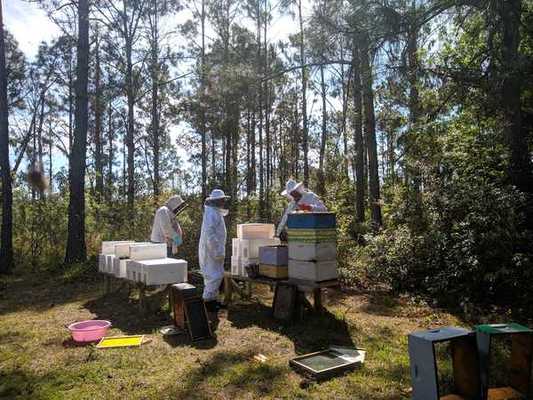
Honey Bee Day
Help the Orange Blossom Beekeepers Association Organize and Implement a National Honey Bee Day Celebration at the UF Extension Conway location on Saturday, August 19, 2023
How do you envision a perfect National Honey Bee Day? We'd like to know and we'd like your help!
Planning will start in March!
Honey Bee Day
Sign up here: https://forms.gle/aG8i9dAecSR4xa5X9
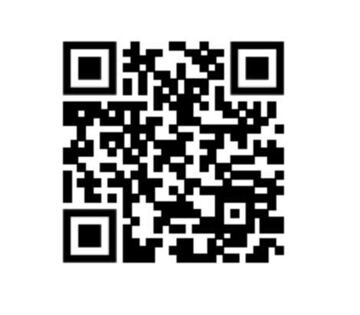
February / March Bee Management
Current UF Management Recommendations (February/March)
- Colony populations begin to grow (late Feb into March!)
- Remedy failing queens as necessary
- Add supers and/or swarming control
- Make nucs/splits
- Monitor for Varroa
- Treat if 3%
- Check for AFB and/or EFB
What is blooming in Central Florida (February)
- Cherry
- Fetterbush
- Hawthorn
- Maple
- Oak
- Plum
- Sand Pine
- Swamp Titi
- Sweet Clover
- Water Viburnum
- Willow
What is blooming in Central Florida (March)
- Blueberry
- Cherry
- Fetterbush
- Hawthorn
- Oak
- Orange
- Plum
- Spanish Needle
- Sweet Clover
- Water Viburnum
- Willow
Varroa destructor Control
An Integrated Pest Management Approach
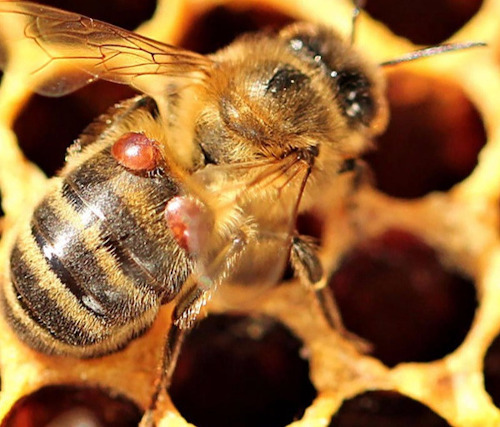
Why control Varroa?
- Can cause colony death between 6 months to two years
- Associated with 6 different honey bee viruses:
- Deformed wing virus
- Acute paralysis virus
- Sacbrood virus
- Israeli acute paralysis virus
- Kashmir bee virus
- Responsible beekeeping
- Keeping healthy honey bees can help keep healthy pollinator populations
Varroa mites
- Jumped from the Asian honey bee (Apis cerana) to the European honey bee
- Spread around the World (Arriving in USA in 1987)
- Reproduce in cells with developing workers and drones
- Feed from the fat bodies of the bees and larvae
- Controlling varroa = controlling viruses
Four Population Phases of Honey Bee and Varroa
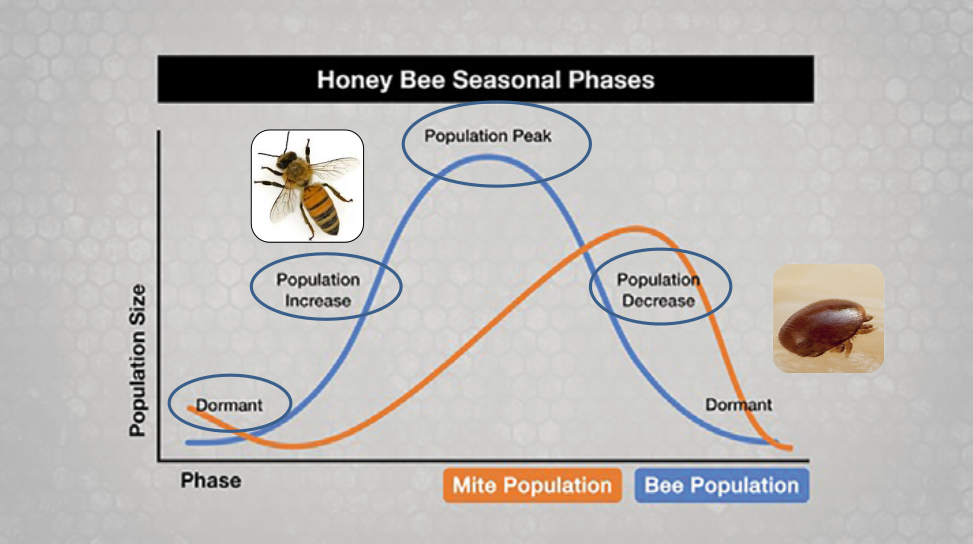
Integrated Pest Management (IPM)
- IPM is the recommended approach
- Relies on a combination of different control methods:
- Genetic
- Cultural
- Chemical

Checking mite levels
- Do this regularly
- Methods:
- Alcohol washes
- Sugar rolls
- Sticky board
- Goal: <3%
Alcohol Wash Method
- Use a wide-mouth glass jar with 50 ml (2 oz) of rubbing alcohol
- Scoop about 300 bees (1 cup) from the brood area
- NO Queen!
- Shake for several minutes
- Pour contents through a light metal wire-mesh screen
- Count number of mites (divide by 3 for a %)
Genetics
Queen selection:
- Choose new young queens
- Local survivor colony queens and Ankle biters/leg chewers queens
- Specialty queens
- Russian
- Varroa Sensitive Hygiene (VSH)
- Caucasian hybrid
- Buckfast hybrid
- Buckfast
- Improved Carniolan stock
A Test for Hygienic Behavior
- Mark a cell directly above 3 groups of 7 newly sealed cells
- Kill all 21 larva by pricking them with a pin through the cappings
- Use the same hole to prick the larva several times at different angles
- Count how many cells are completely uncapped and cleaned out after 24 hours
- Colonies which have cleaned 19 cells (90%) are considered hygienic
Cultural Methods
- Take advantage of honey bee behaviors and/or Varroa biology
- Goal: To limit the number of mites that reproduce => slowing Varroa population build up
Screened bottom boards
- Varroa fall off of bees naturally and when bees groom each other
- Allow mites to fall through (out of the hive), preventing them from crawling back up
- Passive mite control device
- Reported to reduce mite levels by as much as 40%
Sticky Boards
- Similar to screened bottom boards -> prevents mites from returning to the cluster
- After 3 days, the sticky board is removed:
- Count the Varroa
- Divide by the number of days that the board was under the hive
- If > 40 => treat the colony
Brood interruption or making splits
Interrupting the honey bee development cycle also interrupts Varroa development
- Fewer brood cells for mite reproduction
- Cage or remove the queen for approximately 3 weeks
- All of the brood hatches (mites are forced out of the cells and onto adult bees)
- Adult bees increase grooming behavior in the absence of brood
- Properly timed, can ease stress of a dearth period
Drone brood removal
- Varroa mites prefer drone brood 12x more than worker brood
- Removing capped drone brood = removing Varroa
- Cut out mostly capped Drone comb 1-3 times
- Can reduce by up to 80%
Powdered sugar dusting
- Being covered in powdered sugar causes bees to groom themselves and each other -> dislodging mites
- Labor intensive and unsure effectiveness
Effectiveness (Cultural Methods)
More Effective
- Drone brood removal
- Brood interruption
- Re-queening
Minimally Effective
- Screen bottom board
- Comb culling
- Powdered sugar
- Apiary site
- Colony ID/configuration
- Basic sanitation
Chemical Control Options in Florida:
- Apiguard - essential oil from thyme plant
- Api Life VAR - essential oils from thyme, camphor, eucalyptus, mint plants
- Formic Pro (replaces Mite Away Quick Strips) - Formic acid
- HopGuard II - beta acids from hop plant
- Oxalic Acid Dihydrate
- Apivar - Amitraz, synthetic chemical, pesticide class: amidine
- Apistan - tau-fluvalinate, synthetic chemical, pesticide class: pyrethroid
Natural (Soft Chemicals)
- Apiguard (thymol)
- Spring and Fall
- Use these treatments between 60° and 105°F
- Apply in late afternoon or evening
- Don’t apply during nectar flow
Natural (Soft Chemicals)
- Api Life Var (thymol, eucalyptor, menthol, camphor)
- Spring or autumn
- Use when temperature is between 65-85°F
- Apply 3 times at 7-10 day intervals
- Remove honey supers during treatment and wait one month following treatment to harvest honey
Natural (Soft Chemicals)
- Formic Pro (Mite-Away)
- Use when temperature is between 50-92°F
- Can be used while honey supers are on
Natural (Soft Chemicals)
- Oxalic acid
- Most effective during broodless periods (dormant phase)
- Winter or early spring method
- Should not be used as a stand-alone treatment
Natural (Soft Chemicals)
- Hop Guard II (hops beta acids)
- Do not use more than 3 times/year
- Can be used when honey supers are on
- More effective when less brood (does not cross cappings)
Synthetics (Hard Chemicals)
- Apivar (amitraz)
- Remove honey supers while treating
- Wait 2 weeks after treatment ends before replacing them
- Do not use this treatment more than 2 times/year
- Some resistance developing
Synthetics (Hard Chemicals)
- Apistan (fluvalinate)
- Remove honey supers while treating
- Do not use beeswax for human consumption after treatment
- Daytime temperatures must be at ≥50°F
- Developing resistance
Summary Chemical Table
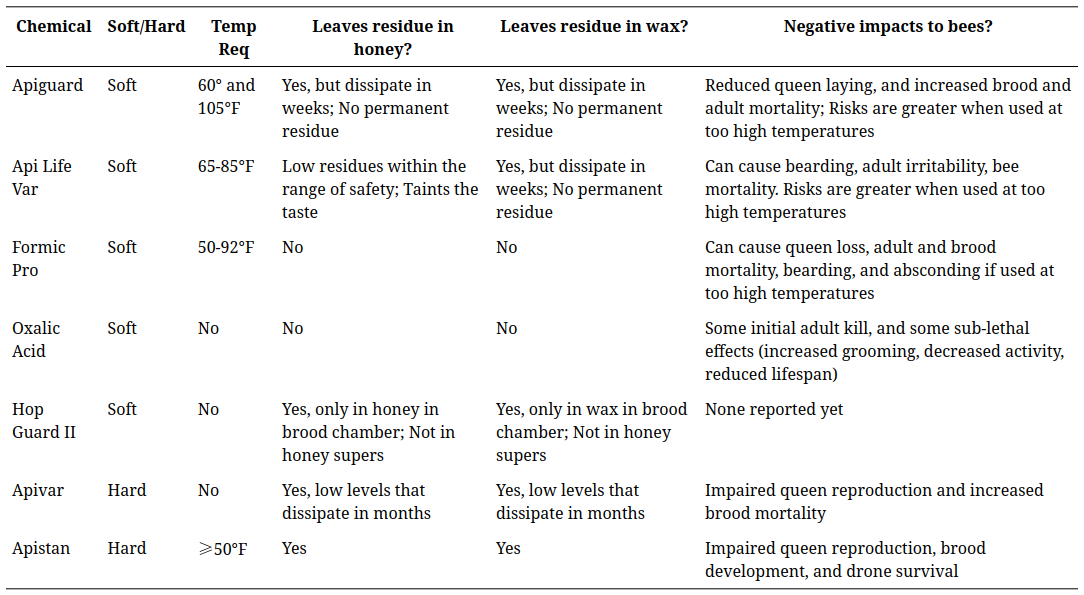
When treating mites
All colonies in an apiary should be treated at the same time with the same chemical or non-chemical technique.
Integrated Pest Management (IPM)
- Control Varroa for healthy bees as a responsible beekeeper
- Check Varroa levels regularly
- Choose hygenic genetics
- Integrate non-chemical treatments to your strategies
- Screen bottom board, brood breaks, drone brood removal, etc
- Use chemical treatments as you must, and follow all the application directions
Stay involved, Stay connected
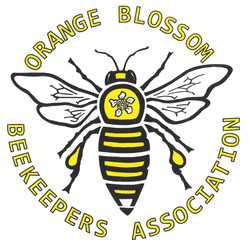
- OrangeBlossomBeekeepers.org
- Slack: OBBA.slack.com
- Facebook: Orangeblossombeekeepers
- Instagram: OrangeBlossomBeekeepers
Orange Blossom Beekeepers Association
Join/Renew OBBA Membership:

Signup for our email newsletter:
